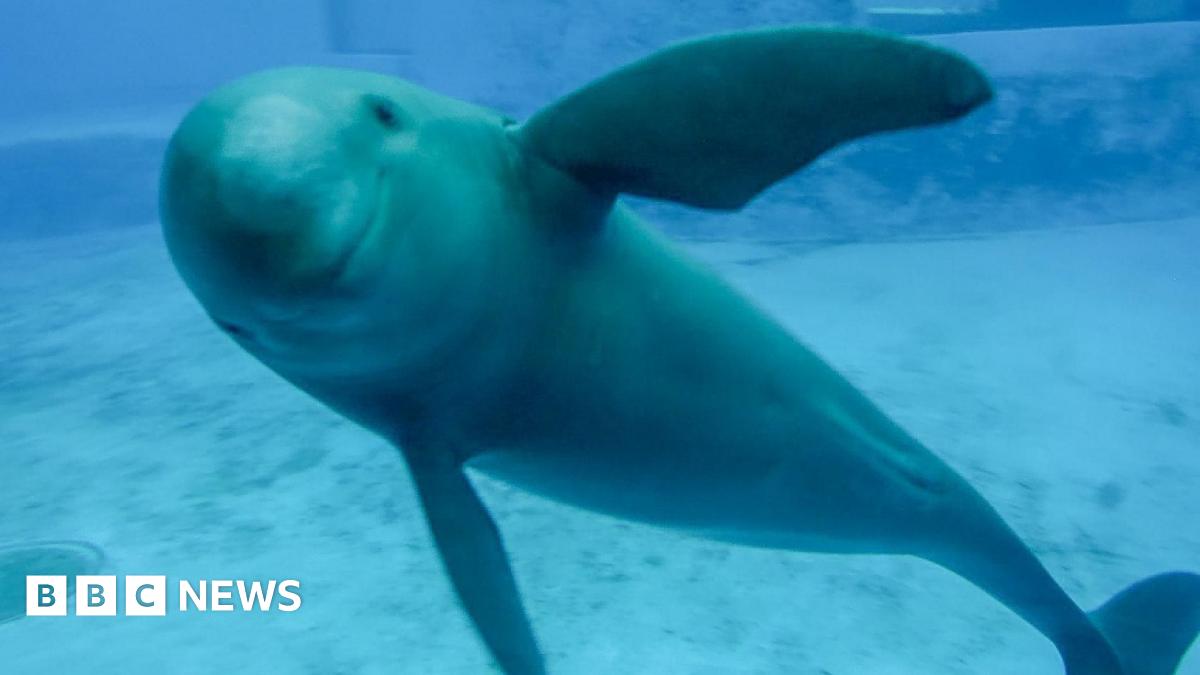After retirement, Yang He took up amateur photography. Now, he says, he goes to the river every day with his camera equipment trying to spot the animals.
When he gets some good shots he forwards them to the scientists, who say he’s doing a better job than almost anyone tracking their progress.
Mr Yang says he once saw a porpoise in distress which had been caught in some netting. He notified the local authorities, who shut down that section of river to all shipping until it could be rescued – and it turned out the soon-to-be freed porpoise was pregnant. He felt pretty good about that, he says.
It is the porpoise numbers, however, that tell the most convincing story.
In the 1990s there were 3,300 finless porpoises in the wild. By 2006 this had halved.
Then the fishing bans came in, the factories were moved and the decline stopped. Not only that, but over the last five years of records, porpoise numbers have gone up by nearly a quarter.
Scientists are proud of these numbers – and the implications they hold for the health of the environment more broadly.
“We’re saving the finless porpoise to save the Yangtze River,” says Wang Ding. “This is like a great mirror, to have an idea how well we have been doing protecting this ecosystem.
“If the porpoises are doing fine, if their numbers are increasing, this means the ecological health of the whole river is also improving.”

